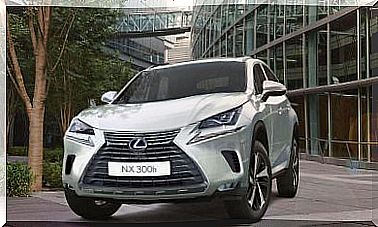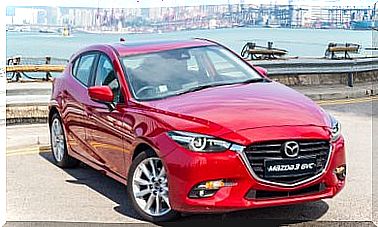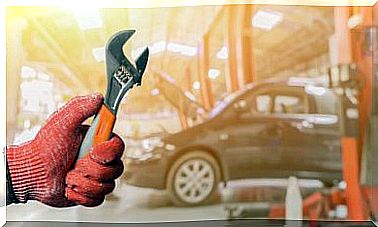Winter Tires
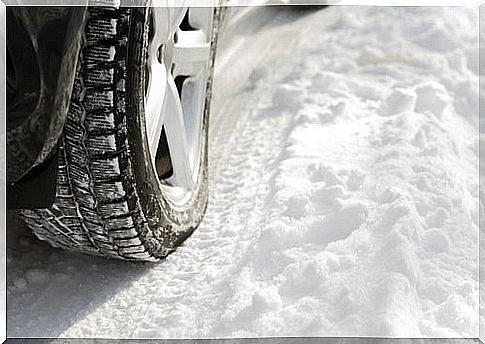
When winter comes the question of rigor always arises: winter tires or car chains. Winter tires offer better performance because they have been specifically designed for snow; they have better grip and braking than common tires.
In countries located north of the European continent, tire replacement is mandatory in winter; especially in countries where temperatures drop below 7 ºC, for long periods.
The main reason is because common rubbers lose adherence and flexibility in such cold environments; and this feature puts the lives of the occupants at risk, even when using car chains.
Winter or snow tires
The difference between a common or summer tire and a winter tire lies in its behavior. Winter tires are identified with the M + S ( Mud & Snow ) seal . They also include an image of three peaks with a snowflake.
These initials indicate that the tire is suitable for mud and snow, where it will demonstrate greater grip and adherence to the road. In the same way, it will benefit the traction and control of the vehicle; your stopping distance is also shorter than when using chains.
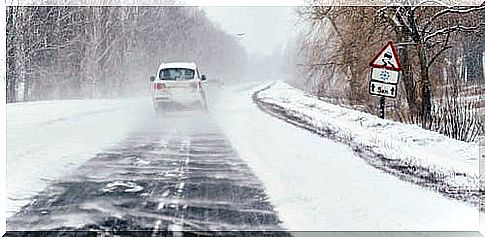
Winter tires have a special tread on the rubber surface; These grooves are the ones that benefit the grip of the rubber, since they let the ice out. In addition, they provide comfort and safety, and reduce the vibration that chains can cause.
Types of winter tires
All snow tires are marked with the initials M + S. However, this does not mean that they are substitutes for strings; Substitute tires are those marked with the three peaks with the snowflake.
Directional tires
Directional tires are ideal for wet, snowy or muddy routes. Where better behavior is not required to face the curves, but which provides the necessary grip.
Asymmetric tires
For their part, asymmetric tires are more effective when you need greater grip in corners. This feature benefits driving and reduces the risk of slipping.
Winter tires and car chains
Unlike car chains, winter tires can be used throughout the winter season, regardless of the amount of snow on the pavement. Car chains should only be installed when snow appears and makes driving difficult.
Chains sacrifice grip on one pair of wheels, unless you have two sets; This is not the case with winter tires, which offer the same grip on both axles and optimal handling, with all the guarantees.
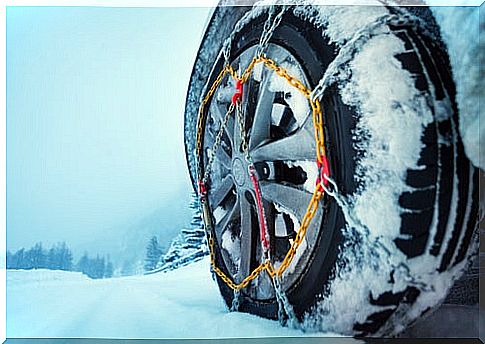
The installation of the chains is also a point to take into account; a poorly fitted chain can damage the tire and also the vehicle. In addition, they limit the speed of the car to 50 km / h during use, which is not the case with winter tires.
What to consider about winter tires
Snow tires represent a great investment, as they are more expensive than chains, but they last longer. In addition, they are the same as any other wheel on the car, so they can be used throughout the winter season.
When cold temperatures hit, winter tires are always the best option when it comes to quality and safety.
Not required on all four wheels
Contrary to popular belief, you don’t need to change all four tires in winter. Of course, full replacement gives better performance, but two tires will do a good job too.
The main thing is to make sure that they are placed on the drive axle of the vehicle with the correct pressure. In addition, they have to have the same diameter and thickness as the rest of the tires.
They need maintenance
The same is true for winter tires as for the spare wheel. The lack of use causes them to lose some pressure, and their good condition and storage must be guaranteed before using them.
Technical assistance for assembly is recommended
Although many users are able to replace the wheels on their vehicle, technical assistance is ideal. The specialists not only guarantee the correct installation of the tires, but also align and balance them.





